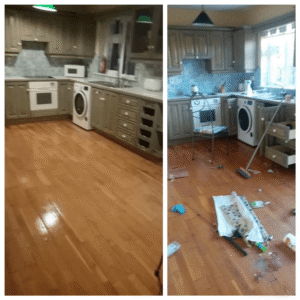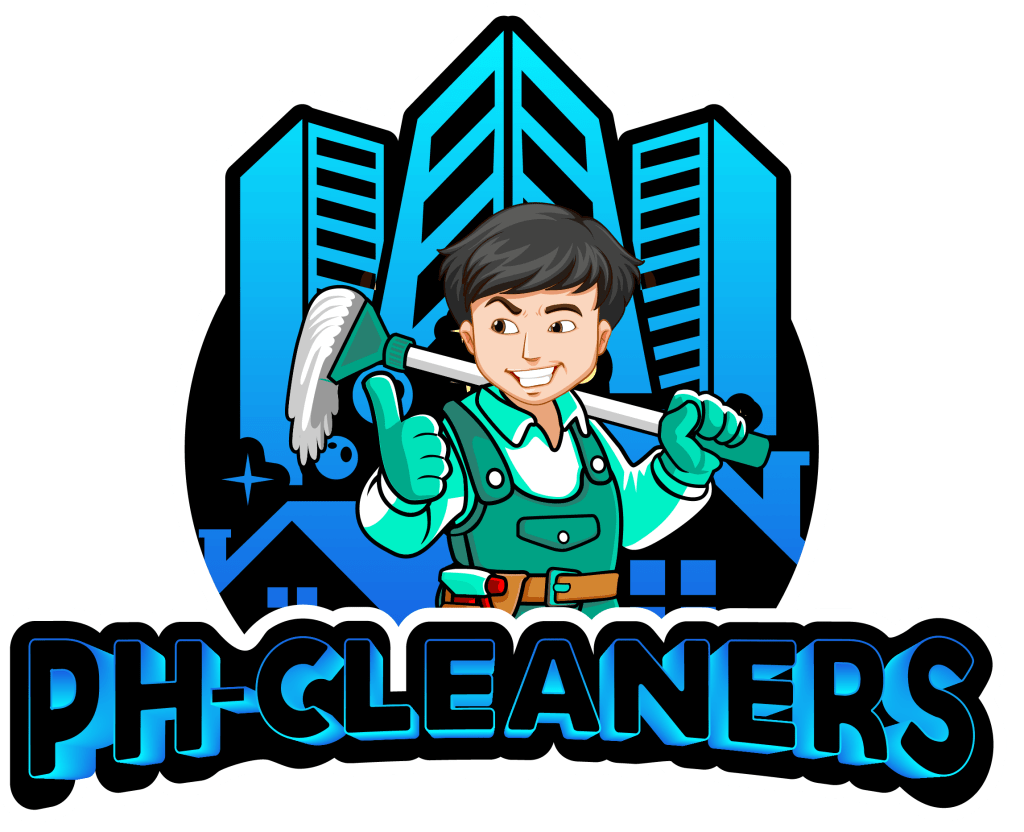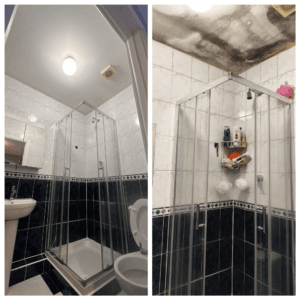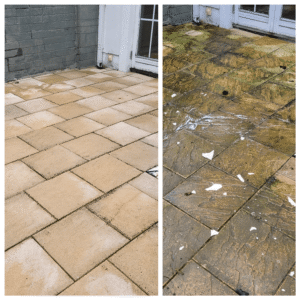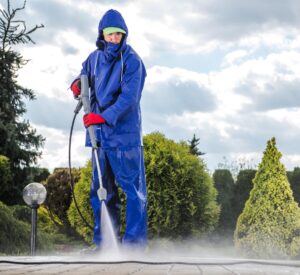Deep Clean House Services
What Is Deep Cleaning a House?
A deep clean house is more than simply sprucing things up—it’s a thoughtful, room-by-room process aimed at uncovering dirt, grime, and areas that have been overlooked while returning your home to a state of freshness and efficiency. Whereas routine cleaning targets tasks that can be accomplished on the surface level, like vacuuming and wiping off countertops, a deep clean house entails scrubbing, disinfecting, and organizing every corner of your space. Whether you’re getting ready for a new season, settling into a new home, or just feeling the desire for a reset, this guide will help you learn how to deep clean your house quickly and efficiently.
Indoor air can be five times more polluted than outdoor air, according to the American Lung Association, as allergens, dust mites and mold spores become trapped. A deep clean house is important for the health of your family and ensures the longevity of your furniture, appliances, and flooring. Here’s what to know about the benefits, room-by-room strategies, and pro tips for making your home shimmer.
Why Deep Clean House? 5 Key Benefits
Healthier Living Environment:
Deep cleansing eliminates allergens such as pollen, animal dander, and mold that cause respiratory problems. Wiping down high-touch surfaces (doorknobs, light switches) also helps prevent the spread of germs.
Preserve Your Home’s Value:
Deep cleaning regularly will save you from such damage down the line. Degreasing kitchen cabinets, for example, prevents sticky residue from corroding finishes, while cleaning grout prevents mold from compromising the integrity of tile.
Keep your brain free for thoughts that matter: Mental Clarity and Productivity:
Mess and grime add to your stress. Research has shown that keeping clean spaces helps improve focus while reducing cortisol levels — with a 2019 study in Environment and Behavior, for example, noting the connection between cleanliness and focus.
Odor Elimination:
Lingering odors in carpets, drains, or upholstery disappear when you deep clean your house. Baking soda, vinegar, and steam cleaning help neutralize odors at the origin.
INTO THE NEXT PHASE OF LIFE: THE 7 PILLARS OF GOOD LIVING IN SENIOR YEARS Prepare for Events:
Hosting guests? Nothing is out of place, and everything is free of dirt and dust, so you can rest assured every room is prepared for guests, from the clean, nested bathroom to dust-free living quarters.
Deep Clean House: A Room-by-Room Guide
Kitchen Deep Clean
The kitchen is where the heart is — and the dirtiest! Grease, food spills and secreted crumbs all require some loving care and attention.
Step-by-Step Process:
Appliances:
- Refrigerator: Remove all contents, throw out expired or unwanted food, and clean out shelves with warm soapy water. Get in behind door seals with a toothbrush. Dust condenser coils (found in the back or bottom) for the efficiency.
- Oven: Spread a paste of baking soda and water inside. Let it sit overnight then scrub. Take off burner grates and knobs; soak in hot, soapy water.
- Dishwasher: Take out the filter and rinse debris. Run a cycle with 1 cup of white vinegar to descale and remove odors.
- Microwave: Heat a bowl of water and slices of lemon for 5 minutes. Wash down walls and turntable with ease.
Deep Clean House Checklist Table
| Room | Key Service Tasks | Frequency | Tools Needed | Time Required |
|---|---|---|---|---|
| Kitchen | Degrease oven, clean fridge coils, scrub sinks, mop floors | Every 3–6 months | Baking soda, microfiber cloths, and grout brush | 3 to 4 hours |
| Bathroom | Descalcify the showerhead, disinfect the toilet, scrub the grout, and wash the shower curtains | Quarterly | Hydrogen peroxide, squeegee, scrub brush | 2 to 3 hours |
| Bedroom | Vacuum mattress, dust ceiling fans, organize closets, and wash bedding | Bi-annually | Lint roller, vacuum attachments | 2 hours |
Must have tools to deep clean house
Prepare these supplies for a smooth process:
- Natural Cleaners: Vinegar, Baking Soda, Lemon Juice
- Scrubbing Tools: Microfiber cloths, Grout brushes, Magic Erasers
- Machines: Steam cleaner, HEPA filter vacuum
Keeping a House Deep Cleaned
- Daily Habits: Wipe counters after cooking. Do a 10-minute nightly tidy.
- Weekly Tasks: Vacuum high-traffic areas. Disinfect bathrooms.
- Monthly To-Dos: Wash baseboards. Clean appliance exteriors.
Step Four: Enjoy Your Deep Cleaned House!
A deep clean house is an investment in the longevity of your house and the well-being of your family. This guide will help you conquer hidden dirt, refresh every room, and set up a healthier living environment. Keep in mind, ritual is key—bookmark this checklist and return to it through the seasons to keep your home’s sheen.
